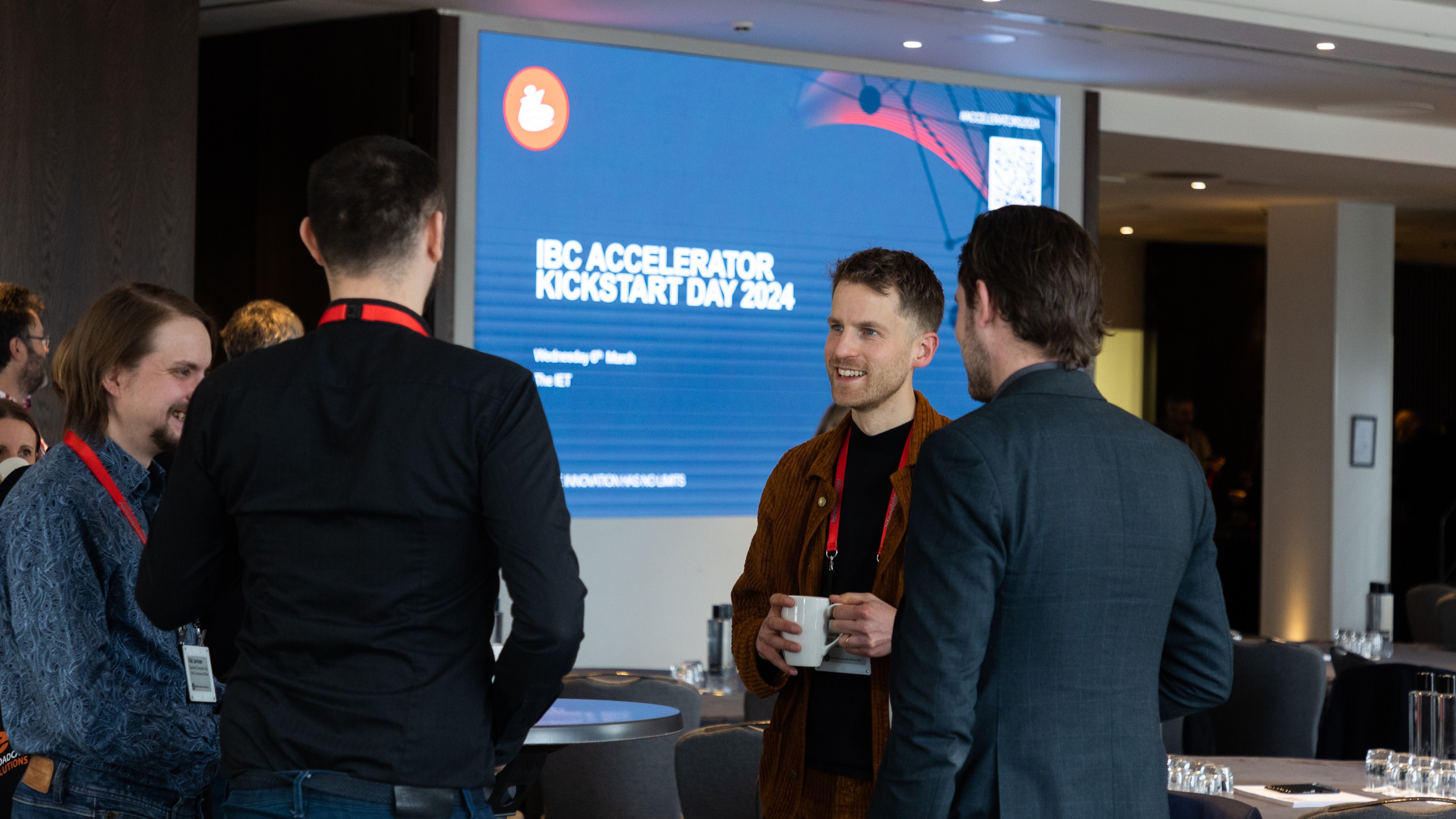Proposed by Eviden and supported by Champions BBC, EBU, IMG and Solent University, ‘IP networks: Finding the needle in the haystack’ looks to identify and solve the challenges around IP infrastructure within broadcast facilities created by the orchestration of media flows – namely, how to find the correct device, sender or receiver when there might be thousands in a facility.
As broadcasters transition from traditional hardware to IP and cloud-based systems, they are faced with the daunting task of managing tens of thousands of IP senders, receivers, and nodes, each identified by complex numerical codes. This complexity makes it difficult for operators to locate and manage these devices, leading to increased operational costs, inefficiencies, and sustainability issues. This challenge is compounded by the lack of standardized solutions, with many broadcasters relying on ad-hoc, vendor-specific workarounds that are neither scalable nor reliable.
Peter Brightwell, Research Engineer at the BBC and one of the leaders of the project, speaks to the complexities faced in this new environment: “Many broadcasters are now planning or building IP and cloud-based facilities, where previously they would have used dedicated video and audio connectivity and routers,” he says. “This promises great flexibility and scalability for future operations. But it also brings challenges of identifying devices, senders, receivers, and other resources. Technical operators might be presented with screens of cryptic identifiers, and if it’s difficult for them to find what they need, businesses won’t be able to respond to change quickly and there is also the danger that equipment will be left on when unused because of worries that it can’t be found again easily, with consequent sustainability implications.”...
You are not signed in.
Only registered users can view this article.

Content Everywhere: a look back at 2024
As the year draws to a close, it seems an opportune time to ask Content Everywhere companies for their views on the top trends in 2024. As always, key industry players have been keen to respond with comments and views on how the past year shaped up both for them and the wider industry.

AI and the evolution of MAM: Part three – future outlook
In the final part of our investigation into MAM’s current and future relationship with AI, James McKeown analyses where the technology is likely to take asset management capabilities next, and the other factors driving the evolution of the space.

RSIFF: Kingdom underlines ambitions to become filmmaking powerhouse
Saudi Arabia's cinema market is experiencing a cultural renaissance, driven by increasing local productions and a growing appetite for diverse storytelling, reports Adrian Pennington from the Red Sea International Film Festival.

AI and the evolution of MAM: Part two – current applications
In part two of IBC365’s exploration of the MAM ecosystem, James McKeown finds out where AI is currently having the most positive impact on media workflows.

AI and the evolution of MAM: Part one – risk analysis
Forms of AI and automation have been making efficiencies in media asset management (MAM) systems for some time, but as the technology becomes more powerful and its potential applications more expansive, what are the major considerations and risks of AI’s role in MAM? James McKeown explores in the first of a three-part investigation.




